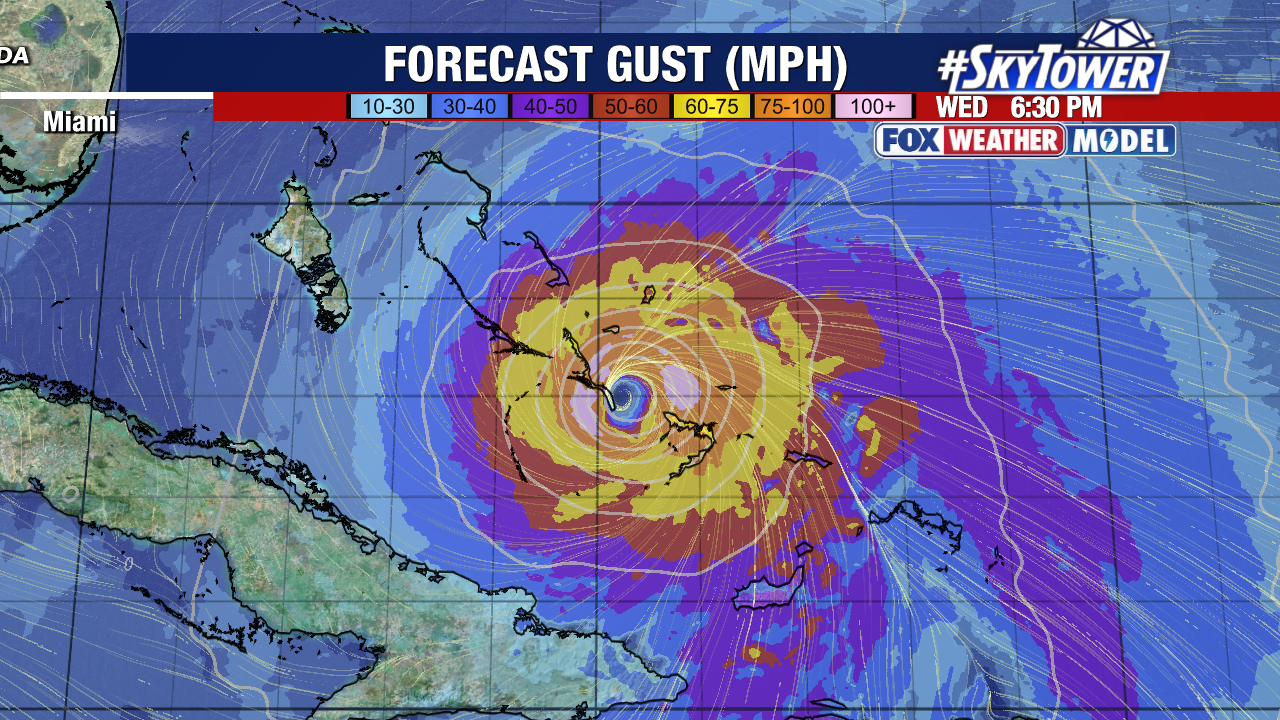The countdown is on – 26 days until the official end of the 2025 Atlantic hurricane season.

There are no areas on our radar for tropical development and no activity is anticipated over the next 7 days.
Hostile upper-level winds are increasing across the tropical belt and there’s stronger wind shear from a more active jet stream.

It’s around this point in the season where formation zones shrink down as conditions become less favorable for tropical systems.
We’ll watch the Caribbean where there’s a low chance for formation, only around 20%.

This is a typical spot near the Central American Gyre where a tropical system can spin up from the enhanced lift.

Could this be the end of hurricane season? We’ll certainly hope for it! Odds favor the season is over – but as always, we will watch and let you know if that changes.
Where we stand this season: 13 named storms, 5 hurricanes, 4 major hurricanes.

And notably, three Category 5 hurricanes formed this season. That’s the most since 2005 – which had four Cat 5 storms (Katrina, Rita, Wilma and Emily).
While a landfalling November storm is rare, it has happened. Here’s a look in the hurricane history books:

Hurricane Nicole is the most recent landfalling November hurricane. It hit Vero Beach as a Category 1 storm in 2022.





